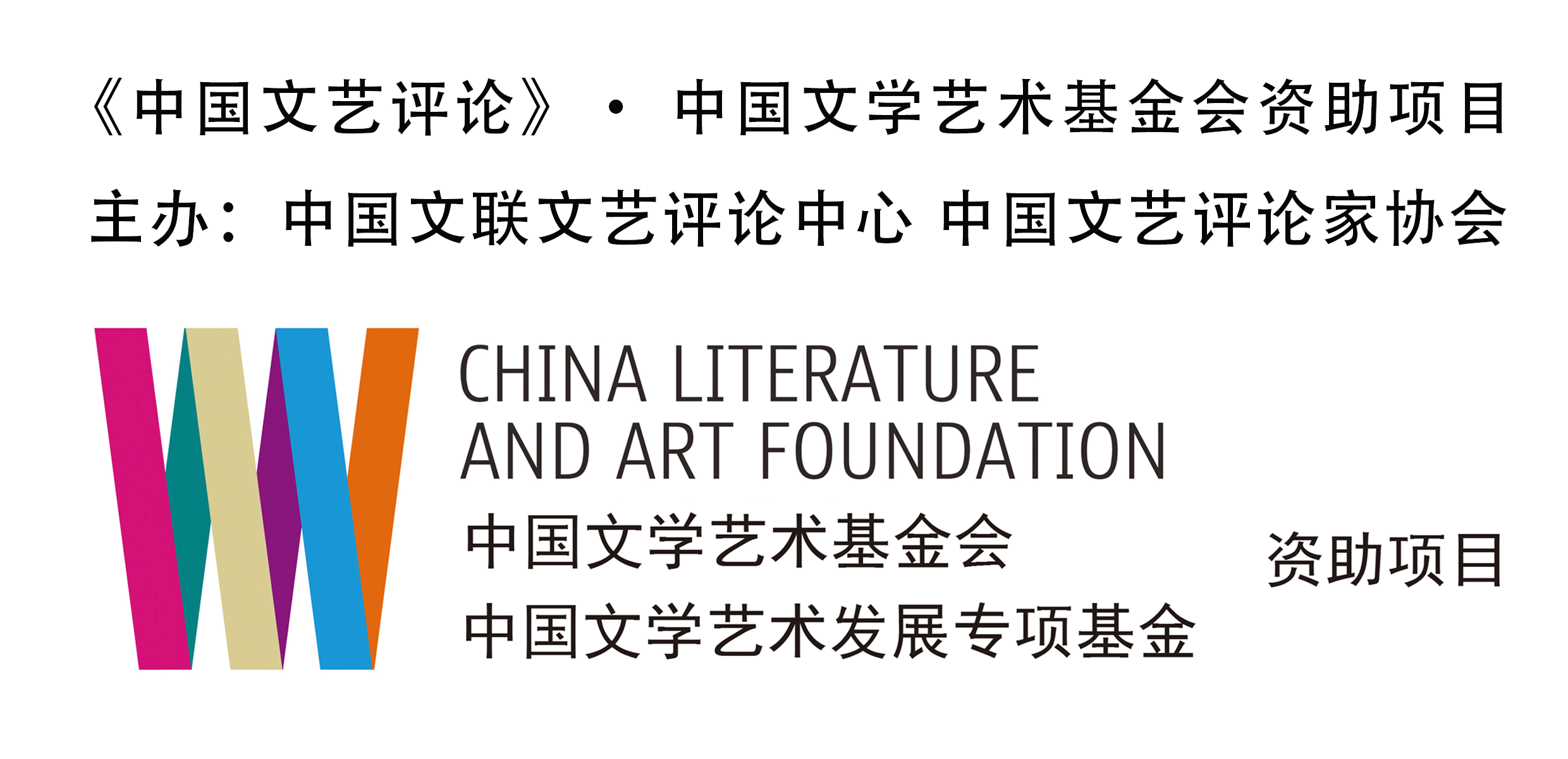
Special Topics •Research on Well-Known Literary Critics and Their Masterpieces
■ On the Significance and Limitation of Chen Yinko's "Sympathy of Understanding" in Literary Criticism(PP. 4–15)Xu Nan
Abstract: Applying Chen Yinko's theory of "sympathy of understanding" rationally to literary criticism is beneficial to face up to the historical character of literary phenomena and to open up the "author" perspective that literary criticism should have. The limitations of Chen Yinko's "sympathy for understanding" in literary criticism are mainly manifested in the following: sticking to the historicist thinking mode, narrowing the interpretive space for the truth of creation; obsessed with restoring the truth of creation, but not paying enough attention to other elements of literary phenomena; and often in value judgments. Reflecting the value position of "author-centrism", the conclusion is suspected of being arbitrary. Entering into the "sympathy of understanding" of literary criticism, we should maintain the interest and vitality of multiple perspectives on literary phenomena.
Keywords: sympathy of understanding, literary criticism, significance, limit
■ From "Consistency" to "Order":the Connotation and Construction Path of Zong Baihua's Rhythm Theory (PP. 16–29)Huang Changming
Abstract: In Zong Baihua's rhythm theory, the connotation of "rhythm" has a process of transformation from "consistency" in form to "order" in life and philosophy. The former is a kind of "mathematical rhythm," which refers to the harmony of form and comes from the periodic repetition of a certain formal element. While the latter is a kind of "rhythm of life," it refers to the laws and order of the universe and comes from the alternate presentation of positive and negative characteristics of things. "Artistic form-artistic life-philosophy-cultural spirit" is the construction path of the rhythm theory of Zong. As the core of Zong's aesthetic thought, rhythm theory has distinct characteristics of "transitivity" and the realistic orientation of artistic life, which is by no means completely directed to the metaphysical realm. Zong's academic vision and research methods of mutual learning between China and the Western world, the integration of tradition and modernity, and the mutual participation of media as well as the aesthetic elucidation of the national cultural spirit in the construction of rhythm theory, make the rhythm theory a theoretical system with national and modernity characteristics, which has important theoretical value and practical significance for the construction of modern aesthetic discourse of China.
Keywords:Zong Baihua, rhythm, consistency, order, life consciousness, spirit of national culture
■ Romantic, Classic and Realistic:The Aesthetic Structure and Operation of Li Changzhi's Criticism of Ancient Poets (PP. 30–41)Jin Lang
Abstract: During the Anti-Japanese War, Li Changzhi's series of critical works written around ancient poets were inseparable from the deep involvement of aesthetics. The opposition between "realistic" and "romantic", and the coexistence of "classic" and "romantic", serve as the intertwined aesthetic structure behind literary criticism, opening up sufficient theoretical space for its literary critical practice. If the analysis of Li Bai's eternal pain under the dual identity of a Taoist and a poet is based on the representative work of opposition construction, then the elucidation of Sima Qian's Confucian spirit, Taoist spirit, and poet temperament can be regarded as a new classic that integrates the opposition and coexistence construction.
Keywords: Li Changzhi, Anti-Japanese War, ancient poets, romantic, classic, realistic
Theoretical Explorations
■ The Evolution of the Idea of Interactive Subjectivity and the Intersubjectivity of Literature (PP. 42–53)Wang Zhenglong
Abstract: Husserl proposed the theory of interactional subjectivity to address the explicitness of the experience of others, but provided a basis for relating and communicating the various aspects of literary activity, promoting the study of the interaction between the author and the reader in the reading of literature as well as the exploration of the mechanism of generating literary meaning. And Scherer, Schütz and others' explorations of the other I, as well as the subject and object I, and Benveniste's study of personification marked the expansion of the idea of interactional subjectivity in the fields of sociology and linguistics, inspiring the study of implied authorship, narrative focus, and empathy in the field of literary theory. Levinas's study of the Absolute Other echoes the study of the gender other, the racial other, and so on in cultural studies. The evolution of the idea of interactive subjectivity reveals the tension between the self and the other, and also leads to the study of inter-objectivity, which has had a profound impact on Western literary theory and will certainly provide useful reference for the study of literary theory and criticism in China.
Keywords: phenomenology, interactive subjectivity, literary theory, interobjectivity
■ The Internal Structure of Marxism and the Discourse Composition of Realist Literary Theory:Based on the Analysis of the Concept of "Actuality" (PP. 54–64)Pan Tiancheng
Abstract: Realist literary theory is based on Marxism as a whole and consists of three types of discourses: philosophical critique, the critique of political economy and literary criticism. This discursive structure is embedded in the concept of "actuality". First, the philosophical source of realist literary theory is the concept of "actuality" in Western philosophy. Marx and Engels constructed their own philosophical system and literary theoretical system by sublating the "actuality" of Aristotle and Hegel. Second, the critique of political economy constitutes an important reference for realist literary theory. Marx created the category system of "from abstract to concrete" to represent the "actuality" of capitalist society, which is like the theory of typicality. Thirdly, literary criticism is a concrete application of Marx's realist theory of literature and art. Literature and art represent the "actuality" through typical characters under typical circumstances. The universality of typical character is not an abstract universality, but a concrete universality with social, dialectical, and generative characteristics.
Keywords:realism, actuality, from abstract to concrete, typical character
Random Thoughts on Art
■ The Dialectics of "Neutralization" and Calligraphic Art (PP. 65–75)Zhan Donghua
Abstract:The idea of "neutralization" developed from the concept of "medium" and "harmony" in the pre-Qin Dynasty has defined the ideal realm and value target of Chinese art, which contains a profound dialectic of art. In calligraphy, "neutralization" is embodied the moderate degree of harmony in "Emotion", the unity of opposites in "Law", the comprehensive of all forms in "Style", etc., which is the paradigmatic form after the intermingling of various stylistic elements. Contemporary calligraphic industry should suppress the impulse of over-pursuing novelty and return to the aesthetic mindset of neutrality and harmony, and the calligrapher should realize the symbiosis of ink and emotion. The tendency of pure visualization should be avoided in creation, and the contradictory and unifying relationship between formal elements of the works should be explored and verified in accordance with the aesthetic principle of "neutralization". At the same time, the overall balance of the ecology of calligraphy should be emphasized, incorporating and embracing all aspects, and being different in harmony, in order to achieve the artistically best state of "neutralization".
Keywords:neutralization, calligraphy, dialectics, realm
■ New Emotions and New Narratives in New Mainstream Literature and Art:With Wolf Warriors Ⅱ and The Wandering Earth as Cases (PP. 76–85)Tao Qingmei
Abstract:This article takes two important movies in recent years, Wolf Warriors Ⅱ and The Wandering Earth, as examples to illustrate how China's new mainstream literature and art convey new mainstream values that resonate with contemporary audiences. New mainstream literature and art stands out in that its creators constantly express new emotions that belong to contemporary China in new narratives in popular culture such as movies and television. The breakthrough of China's "new mainstream" owes to the strong theoretical foundation laid by China's long-standing literary and artistic realism, as well as the creators who, rooted in current Chinese situation and Chinese people's emotional world, take realism as a starting point, absorb traditional Chinese artistic sensibilities, and keep creating a new artistic expression that belong to contemporary China.
Keywords:new mainstream literature and art, realism, emotional structure
■ Transmedia Storytelling and China's Science Fiction:On the Storyworlds of The Three-Body Problem(PP. 86–96)Shi Chang
Abstract:Liu Cixin's novel The Three-Body Problem is regarded as a masterpiece in Chinese sci-fi novels. Through transmedia storytelling techniques such as world-building, temporal and spatial expansion, and narrative proliferation, the novel creates a diverse, open, and ever-expanding storyworld. By examining the transmedia storytelling employed in The Three-Body Problem, we can derive valuable experience and inspiration for effectively narrating Chinese sci-fi stories. Firstly, it is crucial to conceive an alternative world order, meticulously construct and consistently expand the storyworld. Secondly, employing techniques such as "secret history" and "alternative history" writing can unveil multiple layers of time and space. Lastly, by encouraging sci-fi fans to utilize collective wisdom and address contemporary and significant issues, we would strive to provide more Chinese wisdom and solutions for creating a better future.
Keywords:storyworld, transmedia storytelling, Chinese sci-fi, The Three-Body Problem, Liu Cixin
Talks on Artistic Creation
■ Shen Tiemei: Toward the Free Kingdom of Art:Talking about my father Shen Fucun's artistic upbringing of me (PP. 97–112)Interviewed by Zhang Zhiwei
Interview with Renowned Experts
■ Loving the Art of Calligraphy All My Life, with the Only Desire to Pursue a Refreshing Realm:An Interview with Calligraphern Sun Boxiang (PP. 113–124)Interviewed by Gai Shouli

Inside Front Cover
Chinese Literary Critics: Peng Feng


Inside Back Cover
Review of the Second Batch of bases of Chinese Literary and Art Criticism:The base of China Literary and Art Criticism (Xinjiang University)


Back Cover
Poster for "Symposium on the 10th Anniversary of the Establishment of CLACA"



中国uedbet全球体育uedbet让所有玩家提款网

“中国uedbet全球体育uedbet让所有玩家提款”微信公号

“中国uedbet全球体育uedbet让所有玩家提款”视频号